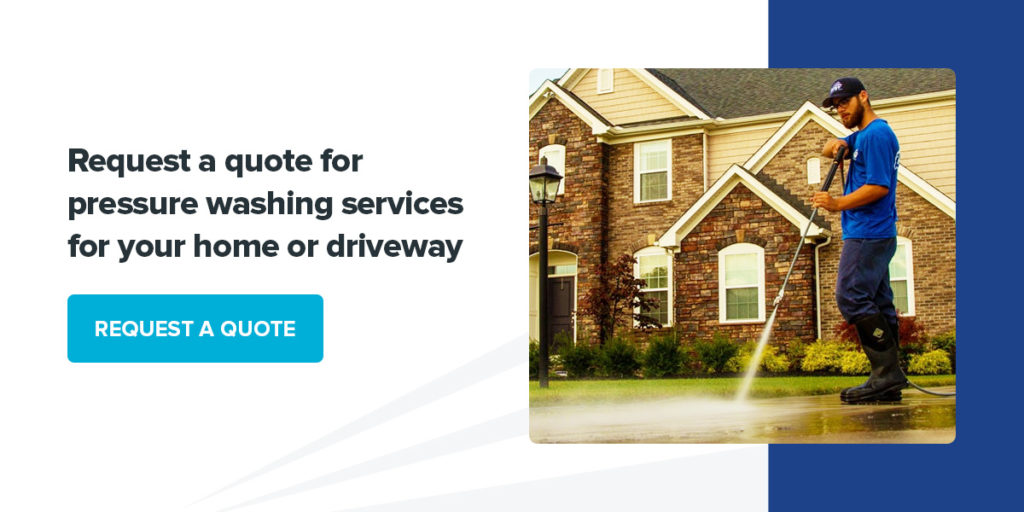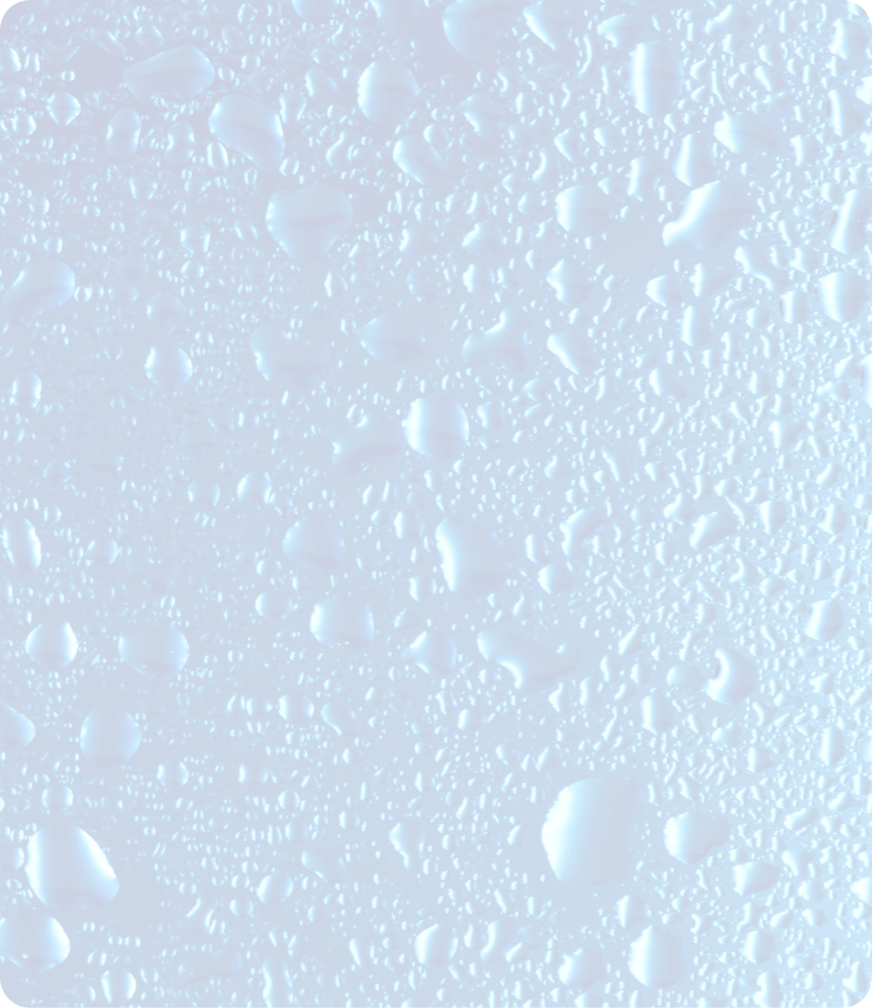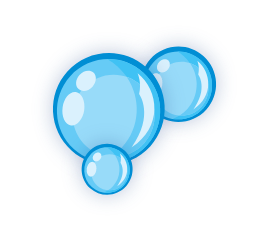Algae and mold are different but equally harmful to your property. Mold is a fungus that will eat nutrients to survive. Algae is more plant-like and eats the limestone filler in shingles and organic matter on a home’s siding. Either is bad news for your home’s exterior. Read on to learn the differences between algae and mold, and most importantly, how to approach algae and mold removal.
Algae Overview
Gloeocapsa magma is the scientific term for the algae on your roof. Algae is airborne and blows from one roof to another. As the algae feeds on the limestone in your shingles, it leaves behind a black residue and gravity causes it to streak down the roof. Algae can separate the granules in the shingles requiring shingle replacement if it is allowed to grow long enough.
Algae colonies also grow on your home’s siding where there is a lack of direct sunlight, which is most commonly on the north side. If you notice one side of your home much dirtier than the rest, algae is most likely the culprit.
Mold Overview
Because mold is a fungus and not a plant, it produces spores. These spores are significantly smaller than human hair, measuring in at a size range of 3 to 4 microns; in comparison, a strand of human hair is 75-150 microns.
Damp, dark conditions are ideal for mold growth. The space behind house siding and roof shingles are perfect breeding grounds for mold. Tiny spores quickly multiply. People who have a mold allergy or asthma may have a stronger reaction to mold. For example, coughing or worsened asthma symptoms can be a result of breathing in mold spores. Other symptoms include eye or skin irritation, throat irritation, and a stuffy nose.
How to Remove Algae
There are many key advantages to hiring a professional to treat your roof and siding over taking care of it yourself. Hiring an insured professional will protect you against any harm caused to your roof or the worker. It is also possible that there are more living organisms on your roof and siding than just the algae. Gloeocapsa magma has a symbiotic relationship with certain fungi and the pairing of the two can lead to the growth of lichens. A professional will check and treat the property for algae, mold, lichens, and the beginning stages of moss growth.
How to Remove Mold
One of the most efficient ways to eliminate mold is through professional power washing. An experienced team will neutralize and remove all mold with a biodegradable cleanser that will remove it and help protect against its return.
Mold can grow underneath siding panels, leading to premature replacement if left untreated. Mold can get inside of the underlying plywood and become a severe health risk. Always consult a professional if you suspect the presence of mold and never try to remove it yourself.
Algae and Mold Removal and Prevention
We recommend having your house washed every year to avoid the growth of algae and mold. Our certified technicians utilize specialized detergents to ensure your home not only stays looking great but is protected against these infestations.
Perfect Power Wash
Perfect Power Wash is a top-rated power washing company with 20 years of experience and over 300,000 jobs completed. With 27 National awards and an A+ rating with the Better Business Bureau, we promise to deliver the safest, most effective methods to clean your home every time. Our team of professionals knows how to remove mold, algae, and other contaminants that may be harming your largest investment.




